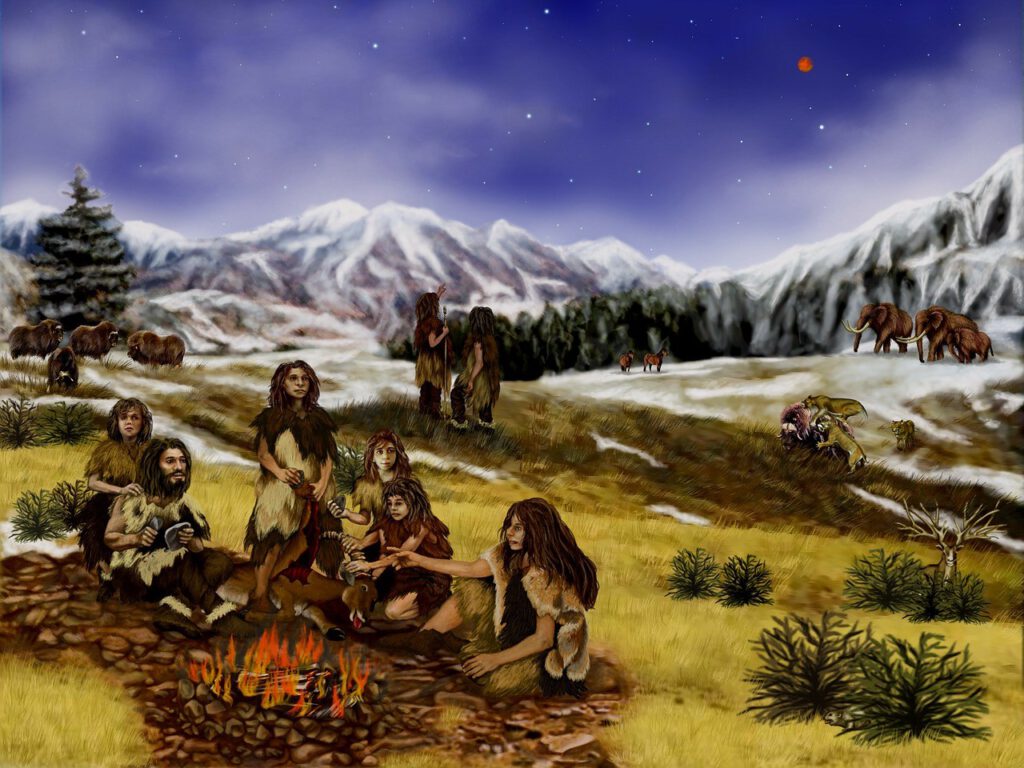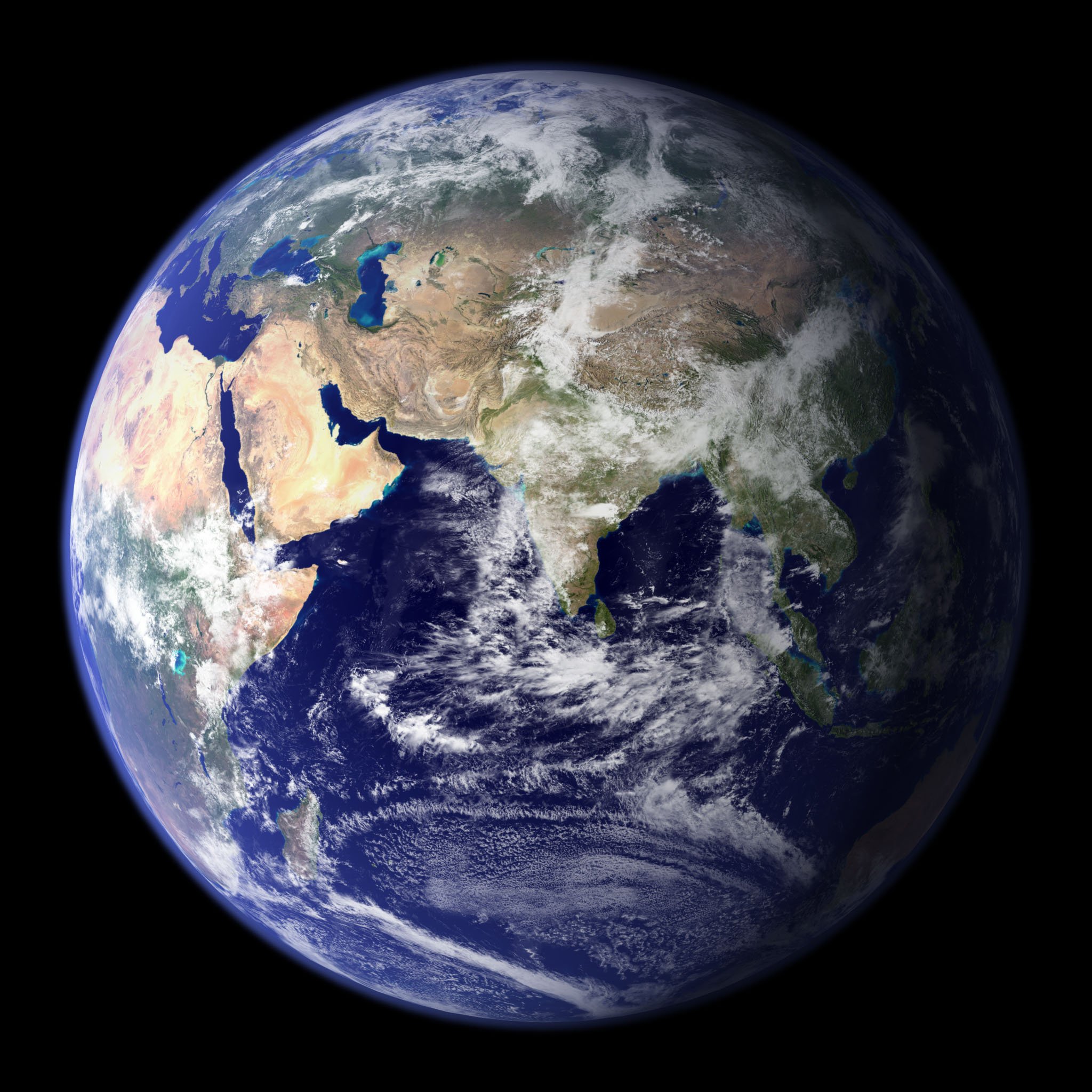
Uomini Preistorici e Non

“… sto parlando della vita di un uomo che sa
che il mondo non gli è dato dai propri genitori,
ma che è preso in prestito dai propri figli; …” [2]
Attribuzione incerta.
Una curiosità è anche confrontare il proprio DNA con alcuni reperti archeologici.
…
…
…
…
…
Confronto tra i Reperti Archeologici
Aplogruppi: SNP dell’Y-DNA / SNP dell’mtDNA)
| Nome del Reperto | Luogo del Ritrovamento | Sesso | Periodo | Aplogruppi | Note e Commenti | Riferimento su GEDMatch |
| Altai Neanderthal | Denisova Cave, Siberia | F | 48.000 a.C. | Homo neanderthalensis (Età della Pietra – Paleolitico) |
F999902 | |
| Vi33.26 Neanderthal | Vindija cave,Croazia | F | 42.450 a.C. | Homo neanderthalensis (Età della Pietra – Paleolitico) |
ND | |
| Vi33.25 Neanderthal | Vindija cave,Croazia | F | 42.450-36.310 a.C. | Homo neanderthalensis (Età della Pietra – Paleolitico) |
ND | |
| Ust’-Ishim | Ust’-Ishim, Siberia | M | 43.000 a.C. | K-M526 / R | Homo sapiens (Età della Pietra – Paleolitico) |
F999935 |
| Vi33.16 Neanderthal | Vindija cave,Croazia | F | 36.310 a.C. | Homo neanderthalensis (Età della Pietra – Paleolitico) |
ND | |
| Kostenki14 | Russia Europea | M | 36.700-34.200 a.C. | C-V199 / U2 | Homo sapiens (Uomo di Cro-Magnon) (Età della Pietra – Paleolitico) |
F999936 |
| Denisova | Denisova Cave, Siberia | F | 28.000 a.C. | Denisova hominins (Età della Pietra – Paleolitico) |
F999903 | |
| Mal’ta | Siberia Centrale-Meridionale | M | 22.000 a.C. | R / U | Homo sapiens (Europei, Asiatici Occidentali, Nativi Americani) (Età della Pietra – Paleolitico) |
F999914 |
| Clovis-Anzick-1 | Montana, America del Nord | M | 10.500 a.C. | Q-Z780 / D4h3a | Homo sapiens (Paleo-americano) (Età della Pietra – Paleolitico) |
F999919 |
| Kennewick Man | Kennewick, Washington state, USA | M | 6.358 a.C. | Q-M199 / X2a | Homo sapiens (Nativo Americano) (Età della Pietra – Neolitico) |
F999970 |
| Loschbour | Loschbour, Lussemburgo | M | 6.000 a.C. | I-L460 / U5b1a | Homo sapiens (di carnagione scura, capelli neri o castano scuri, occhi azzurri o verdi, intollerante al lattosio!) (Età della Pietra – Neolitico) |
F999918 |
| KO1 | Tiszaszőlős-Domaháza, Ungheria | M | 5.650-5.780 a.C. | I-L68 / R3 | Homo sapiens (Età della Pietra – Neolitico) |
F999931 |
| LBK | Stuttgart, Germania | F | 5.500 a.C. | / T2c2 | Homo sapiens (Età della Pietra – Neolitico) |
F999916 |
| NE1 | Polgár-Ferenci-hát, Ungheria | F | 5.070-5.310 a.C. | / U5b2c | Homo sapiens (Età della Pietra – Neolitico) |
F999937 |
| La Braña-Arintero | León, Spagna | M | 5.000 a.C. | C-V183 / U5b2c1 | Homo sapiens (Età della Pietra – Neolitico o Età del Rame – Eneolitico) |
F999915 |
| Motala-12 | Östergötland, Svezia | M | 5.000 a.C. | I-L460 / U2e1 | Homo sapiens (Età della Pietra – Neolitico o Età del Rame – Eneolitico) |
F999917 |
| NE5 | Kompolt – Kigyósér, Ungheria | M | 4.990-5.210 a.C. | C-F3393 / J1c | Homo sapiens (Età della Pietra – Neolitico o Età del Rame – Eneolitico) |
F999927 |
| NE6 | Apc-Berekalja I., Ungheria | M | 4.950-5.300 a.C. | C-P255 / K1a3a3 | Homo sapiens (Età della Pietra – Neolitico o Età del Rame – Eneolitico) |
F999932 |
| NE7 | Apc-Berekalja I., Ungheria | M | 4.360-4.490 a.C. | I-L1228 / N1a | Homo sapiens (Età della Pietra – Neolitico o Età del Rame – Eneolitico) |
F999928 |
| Ajvide58 | Svezia | M | 3.000 a.C. | I-CTS772 / U4d | Homo sapiens (Età del Rame – Eneolitico o Età del Bronzo) |
F999924 |
| Gökhem2 | Svezia | F | 3.000 a.C. | / H1c | Homo sapiens (Età del Rame – Eneolitico o Età del Bronzo) |
F999934 |
| CO1 | Apc-Berekalja I., Ungheria | F | 2.700-2.900 a.C. | / H | Homo sapiens (Età del Bronzo) |
F999930 |
| RISE511 | Bateni, Russia | F | 2.224 a.C. | / J2a2a | Homo sapiens (Età del Bronzo) |
F999967 |
| RISE509 | Bateni, Russia | F | 2.186 a.C. | / T2c | Homo sapiens (Età del Bronzo) |
F999942 |
| RISE94 | Viby, Svezia | M | 2.025 a.C. | K-M1221 / K1a2a | Homo sapiens (Età del Bronzo) |
F999956 |
| RISE495 | Arban 1, Russia | M | 2.000 a.C. | R-F3105 / D4j1 | Homo sapiens (Età del Bronzo) |
F999958 |
| Palaeo-Eskimo | Qeqertarsuaq, Groenlandia | M | 2.000 a.C. | Q1a / D2a1 | Homo sapiens (Età del Bronzo) |
F999906 |
| RISE552 | Ulan IV, Russia | M | 1.940 a.C. | I-S12195 / T2a1a | Homo sapiens (Età del Bronzo) |
F999946 |
| RISE98 | L Beddinge 56, Svezia | M | 1.736 a.C. | R-M405 / K1b1a | Homo sapiens (Età del Bronzo) | F999941 |
| RISE97 | Fredriksberg, Svezia | 1.590 a.C. | CT-Y1580 / K2a5 | Homo sapiens (Età del Bronzo) | F999945 | |
| RISE395 | Bol’shekaraganskii, Russia | F | 1.540 a.C. | / U2e1 | Homo sapiens (Età del Bronzo) | F999949 |
| RISE150 | Przeclawice, Polonia | 1.469 a.C. | / U5a1b1 | Homo sapiens (Età del Bronzo) | F999948 | |
| RISE505 | Kytmanovo, Russia | 1.391 a.C. | / U4a1b | Homo sapiens (Età del Bronzo) | F999953 | |
| RISE503 | Kytmanovo, Russia | 1.328 a.C. | / U2e2 | Homo sapiens (Età del Bronzo) | F999961 | |
| RISE493 | Sabinka 2, Russia | M | 1.214 a.C. | Q-L712 / C4a1c | Homo sapiens (Età del Bronzo o Età del Ferro) |
F999950 |
| RISE523 | Kapova cave, Russia | 1.192 a.C. | / G2a1 | Homo sapiens (Età del Bronzo o Età del Ferro) |
F999966 | |
| RISE502 | Bystrovka, Russia | F | 1.140 a.C. | / U5a1d | Homo sapiens (Età del Bronzo o Età del Ferro) |
F999960 |
| BR2 | Ludas-Varjú-dűlő, Ungheria | M | 1.110-1.270 a.C. | J-M67 / K1a1a | Homo sapiens (Età del Bronzo o Età del Ferro) |
F999933 |
| RISE496 | Arban 1, Russia | F | 1.070 a.C. | / U5a1a2a | Homo sapiens (Età del Bronzo o Età del Ferro) |
F999959 |
| IR1 | Ludas-Varjú-dűlő, Ungheria | M | 830-980 a.C. | N-M231 / G2a1 | F999929 | |
| RISE504 | Kytmanovo, Russia | M | 792 a.C. | J-CTS3732 / C4a1d | F999962 | |
| Hinxton-2 | Cambridgshire, Gran Bretagna | F | 700 a.C. | / H2a2b1 | ||
| Hinxton-3 | Cambridgshire, Gran Bretagna | F | 700 a.C. | / K1a4a1a2b | F999922 | |
| Hinxton-5 | Cambridgshire, Gran Bretagna | F | 700 a.C. | / H2a2a1 | F999926 | |
| RISE174 | Oxie 7, Svezia | 479 a.C. | / W1 | F999943 | ||
| Hinxton-4 | Cambridgshire, Gran Bretagna | M | 0 circa | R-DF25 / H1ag1 | F999925 | |
| RISE00 | Sope, Estonia | F | 0 circa | / H5a1 | F999955 | |
| RISE479 | Erd 4, Ungheria | M | 0 circa | I-L1228 / T2b | F999944 | |
| RISE497 | Arban 1, Russia | 0 circa | F-P142 / A2f2 | F999957 | ||
| RISE499 | Bystrovka, Russia | F | 0 circa | / H5a1 | F999952 | |
| RISE500 | Kytmanovo, Russia | F | 0 circa | / U4d1 | F999947 | |
| RISE548 | Temrta IV, Russia | M | 0 circa | R-L23 / U4 | F999968 | |
| RISE569 | Brandysek, Repubblica Ceca | 0 circa | / H1af2 | F999954 | ||
| RISE577 | Velke Prilepy, Repubblica Ceca | 0 circa | / T2b | F999951 | ||
| RISE601 | Verh-Uimon, Russia | M | 0 circa | / M8a1 | F999969 | |
| RISE602 | Sary-Bel, Russia | M | 0 circa | J-M410 / C4 | F999965 | |
| Hinxton-1 | Cambridgshire,Gran Bretagna | M | 0 circa | R-L151 / K1a1b1b | ND | |
| BR1 | Kompolt-Kigyósér, Ungheria | F | 30-172 d.C. | / K1c1 | ND | |
| Bot15 | Rio Doce, Minas Gerais, Brasile | M | 1.600 d.C. | C-PH3092 / B4a1a1a | F999963 | |
| Bot17 | Rio Doce, Minas Gerais, Brasile | M | 1.600 d.C. | C-Z31878 / B4a1a1 | F999964 | |
| Australian Aboriginal | Australia Occidentale | M | 1.900 d.C. | F-M235 / O1a | ND |
Questa tabella ed i suoi dati sono presi da y-str.org (7 ottobre 2018). Per il calcolo della % di DNA in comune con i reperti elencati ho usato il programma Ancient Calculator disponibile su y-str.org con i seguenti parametri: Predefined Settings=Compund Segments, DNA Segment Base-pairs=1.000.000, Segment SNPs=150, Gap to Break Segment=100.000, Allowed Errors=5, Match No-calls checked.
L’immagine dell’intestazione è una foto di David Mark (https://pixabay.com/it/users/12019-12019/) presa da Pixabay (https://pixabay.com/it/).
[1] Di NASA – http://visibleearth.nasa.gov/view_detail.php?id=2429http://veimages.gsfc.nasa.gov//2429/globe_east_540.jpg, Pubblico dominio, https://commons.wikimedia.org/w/index.php?curid=512571.
[2] Traduzione propria dall’inglese.
“… I am speaking of the life of a man who knows that the world is not given by his fathers, but borrowed from his children; …“.
Attribuito a Wendell Berry (Henry County 1933-), in The Unforeseen Wilderness: An Essay on Kentucky’s Red River Gorge, Counterpoint; Reprint Edition, 2006. Pagina visitata il 17.11.2020 alle 19:45: https://quoteinvestigator.com/2013/01/22/borrow-earth/.
Da altri attribuito a David Brower (Berkeley 1912-2000), o a Ralph Waldo Emerson (Boston 1803-Concord 1882) o addirittura a Antoine de St. Exupery (Lione 1900-Mar Mediterraneo 1944).
Altri ancora lo attribuiscono a Chief Seattle (Blake Island 1786-Port Madison 1866) delle Nazioni Duwamish e Suquamish dei Nativi Americani. Pagina visitata il 17.11.2020 alle 19:55: http://volokh.com/2007/05/01/we-do-not-inherit-the-earth-from-our-ancestors-we-borrow-it-from-our-children/.
Previous Post
Ricerche a ValverdeComments are closed.
